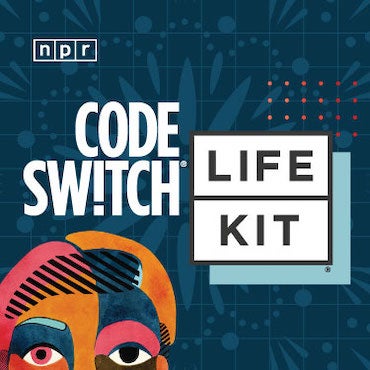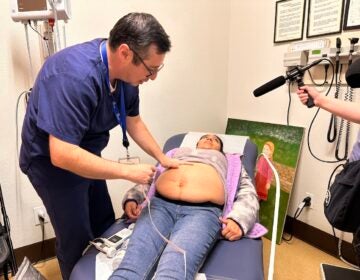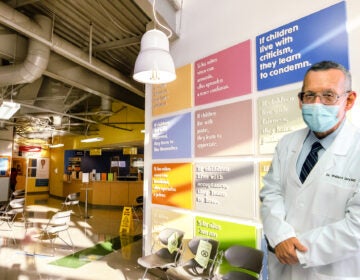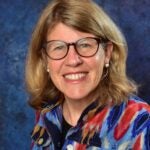43 years after treating his first Philly patient, este médico sabe que la risa puede curar
Dr. Llera uses his own experience coming from Puerto Rico to Philadelphia to help treat his patients at Maria de los Santos Health Center on Allegheny Avenue.
This story is part of The 47: Historias along a bus route, a collaboration between WHYY’s PlanPhilly, Emma Restrepo and Jane M. Von Bergen.
This article is written in a combination of English and Spanish. To read entirely in English, click or tap here o para leer en español, haga clic o toque aquí.
Dr. Wallace Llera was 26 when he left his small hometown in the mountains of Puerto Rico for Philadelphia. He came with a small suitcase, a medical residency at Hahnemann University Hospital and thankfully, a connection to another Puerto Rican doctor who had also studied at Hahnemann and worked at the same Spring Garden clinic that would employ him.
“I remember that I came on June 30 with my little suitcase to meet Dr. Norma Rivera… and that’s how my new life began,” the doctor recalled.
It was 1977 and the city’s Puerto Rican population was growing, putting demand on Hahnemann’s clinic located in the neighborhood where many people from the island lived.
“Sabía que había puertorriqueños aquí [Filadelfia], pero nunca imaginé que hubiera tanta gente mudándose de Puerto Rico en busca de una vida mejor”, recordó.
Llera focused on family practice at the small clinic on Green Street where he had a combined focus on pediatrics, gynecology, obstetrics, and internal medicine.
“It was a residency to prepare us to be super doctors,” Llera said. “I did everything; I delivered babies, I did surgery, I also had training in psychology, pediatrics, dermatology, everything!”
Forty-three years later, Llera is indeed a superdoctor — and one who has reshaped medical care for the city’s Latino population, who have continued to be the focus of Llera’s practice from the Maria de los Santos Health Center where he works now on Allegheny Avenue in Fairhill, two blocks east of a SEPTA Route 47 bus stop.
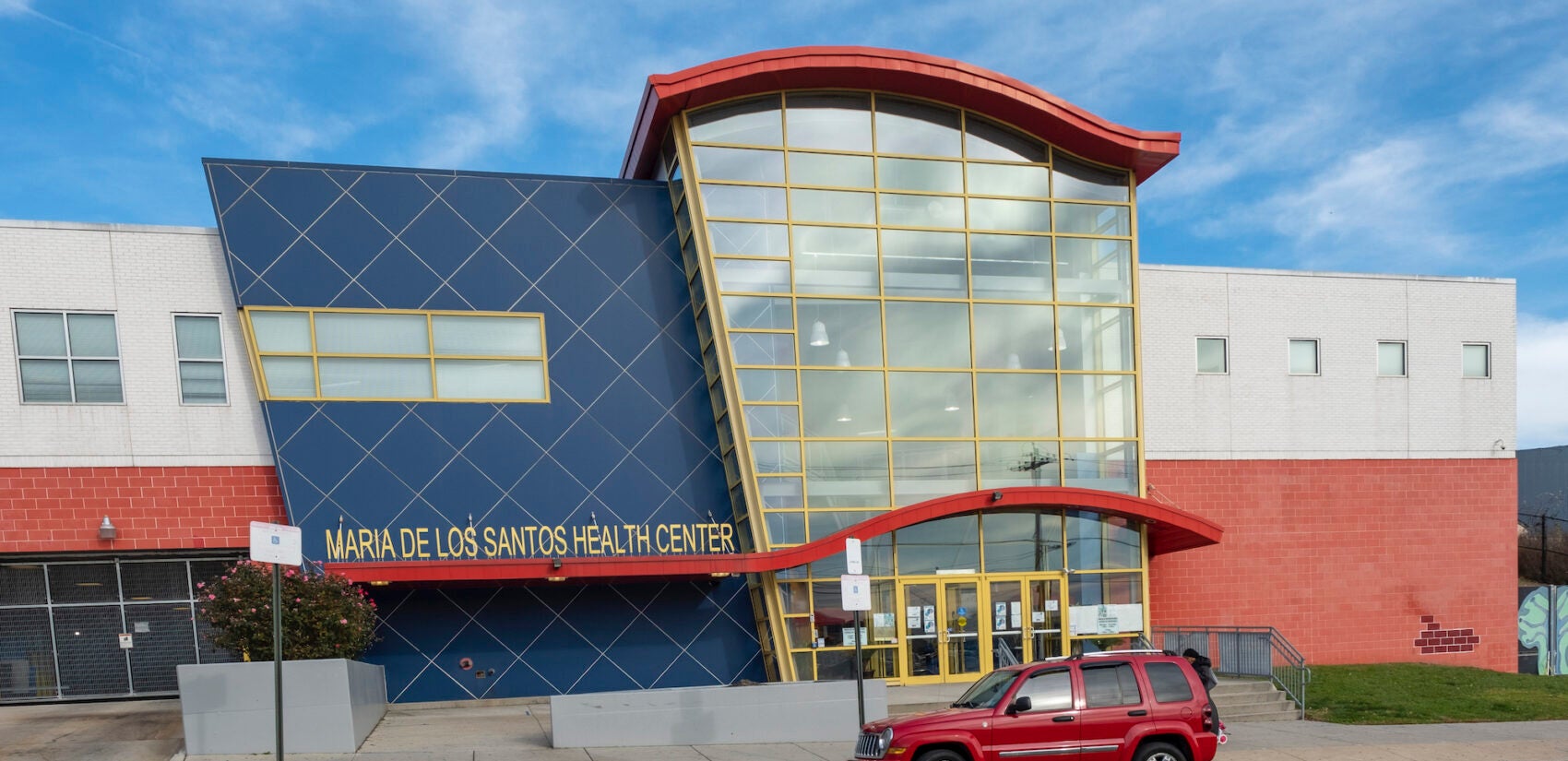
Among his patients, Dr. Llera is famous for many reasons but his ever-present sense of humor ranks high on the list.
Llera prides himself on the ability to make a patient laugh, and says it comes in part from his connection to the community where he works. He, too, was once a new resident from the island and knew economic hardship, an important point of commonality in a neighborhood long ranked as one of the city’s poorest.
“Creo que todos somos iguales y trato a mis pacientes como si fueran familia. A veces no me llaman doctor, me llaman ‘Llera’. Y eso me encanta”, dijo.
“When a patient sees a doctor, they do not come to see you because you are cute, or handsome. They come to see you because they have a problem,” Dr. Llera said.
He notes that many doctors do not have a linguistic or cultural connection with the community they serve, and that can be a problem.
“When you live in a small town, everyone knows everyone, and everyone appreciates each other, so that was a different thing when I came here; Americans are like a little more private.”
After 40 years in the city, his patients’ children and grandchildren have also become his patients, making Maria de los Santos a place where the entire family gathers. It’s not uncommon to see him at a patient’s funeral, mourning with the family.
For some of the abuelas and abuelitas, getting around can be hard. Y es con esos pacientes con los que bromea diciéndoles: “¿Sabías que hay un mundo más allá de Lehigh?”.
At Maria de los Santos, 97% of the center’s staff is bilingual and bicultural. And 70% of doctors are Latinos like Llera.
Friends and relatives of his patients, he said, ask to see him because they like the fact that he is part of the community. These patients feel that some non-Latino doctors “don’t care much about the community, they care about making money,” he said.
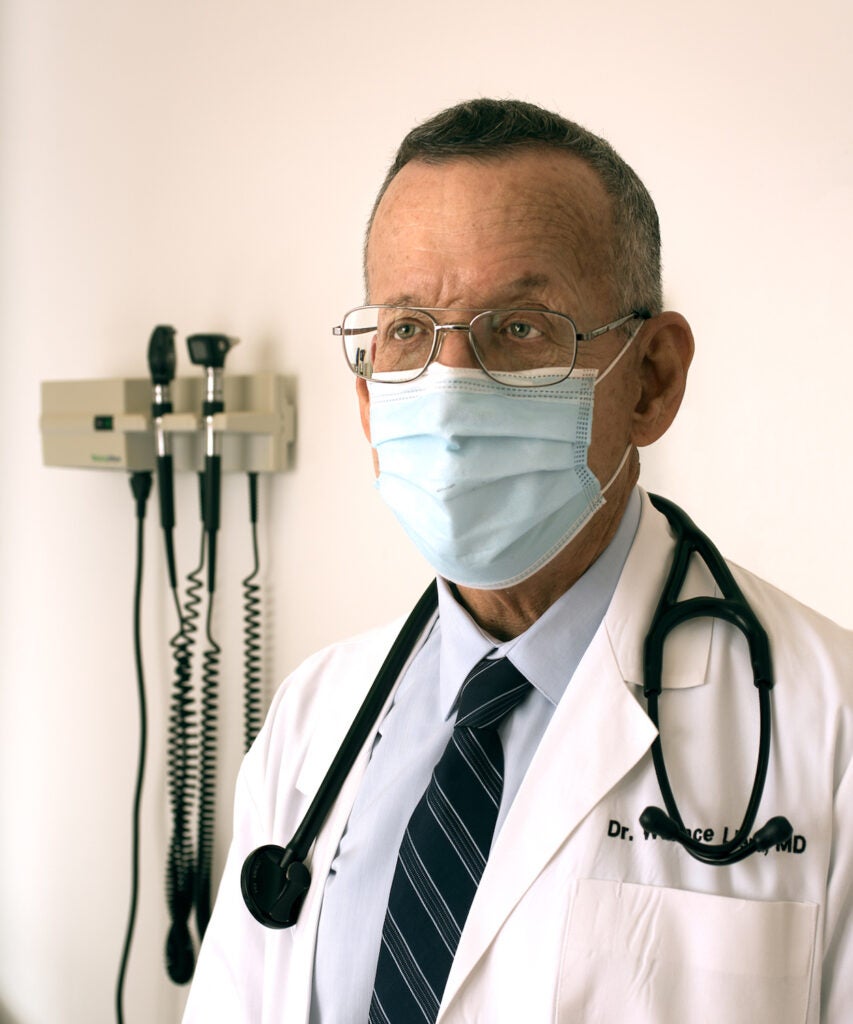
En 1984 esta clínica de Hahnemann se convirtió en Maria de los Santos y se trasladaron a la calle 5 con Av. Allegheny, y en 2005 se trasladaron a unas nuevas instalaciones en la misma avenida, dos cuadras al este de la parada de la ruta del autobús 47 de SEPTA.
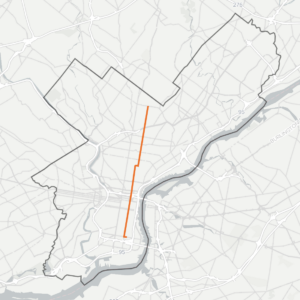
While there are other clinics that serve Fairhill’s Spanish-speaking community, Maria de los Santos remains popular in part because of the unique relationship Llera has with his patients.
“Llevo años con mi médico y él habla mi idioma. No lo cambio por nadie. A veces tengo que esperar mucho, pero vale la pena”, dijo Ramonita haciendo fila para entrar a Maria de los Santos.
Llera believes there is a misconception that Latinos move to the United States to take advantage of the American system.
“Latinos come because they are looking for a new life, better than the one they had before, especially in Latin American countries and in Puerto Rico,” he said. “When [Hurricane] Maria happened, that was a disaster, and many people had to move [to Philadelphia] because there were no doctors on the island.”
His clinic serves as a long-standing anchor for those immigrants who need medical care but do not have access to insurance or other health care options. Latinos are still two-and-a-half times more likely to be uninsured than non-Hispanic whites, according to data from the U.S. Census.
“For Puerto Ricans, as we are American citizens, it is easier to get health insurance, but it is still a problem,” Llera said. “But there is still myopia, and the system is still racist.”
In 2019, the clinic treated 21,614 patients. Medical care is given to all Philadelphians, regardless of immigration status. In the past year, it has pivoted to provide COVID-19 testing and more recently, vaccinations.
“No pedimos un número de seguro social, francamente, no es asunto nuestro”, dijo Brenda Robles, senior vice president and chief administrative and compliance officer.
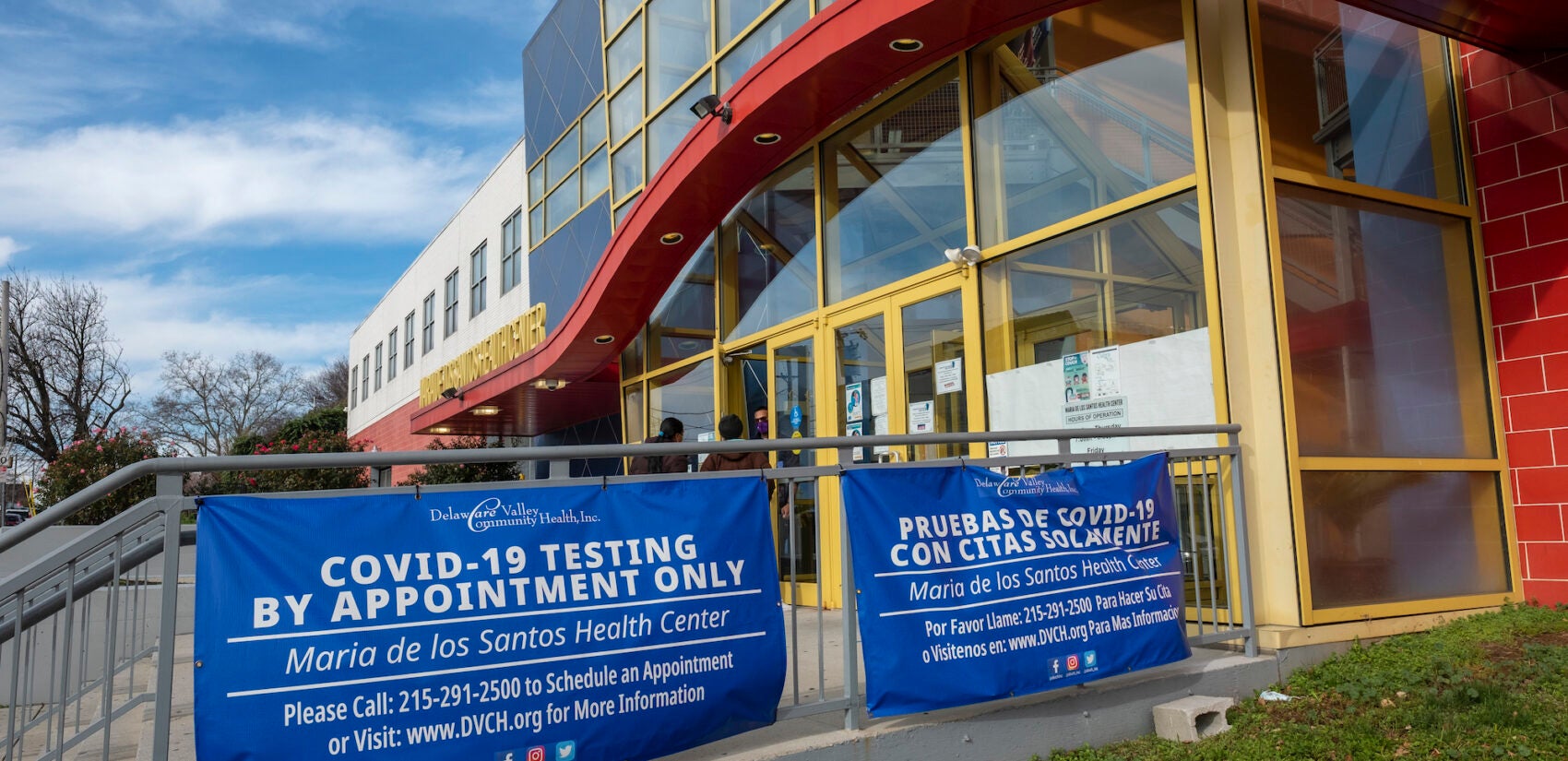
Robles, like Llera, remembers when the clinic was run by Hahneman, which has since closed its doors altogether. In the decades since, the clinic has changed and so has the population it serves as immigration patterns change. But one thing stays the same.
“We follow the Latino community. We go where they go,” Robles said.
WHYY is your source for fact-based, in-depth journalism and information. As a nonprofit organization, we rely on financial support from readers like you. Please give today.

